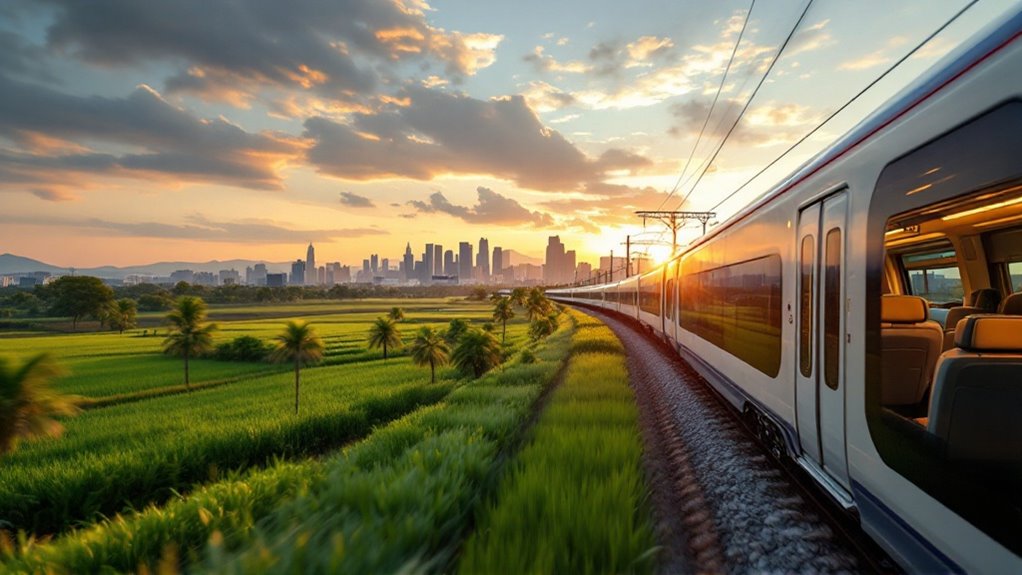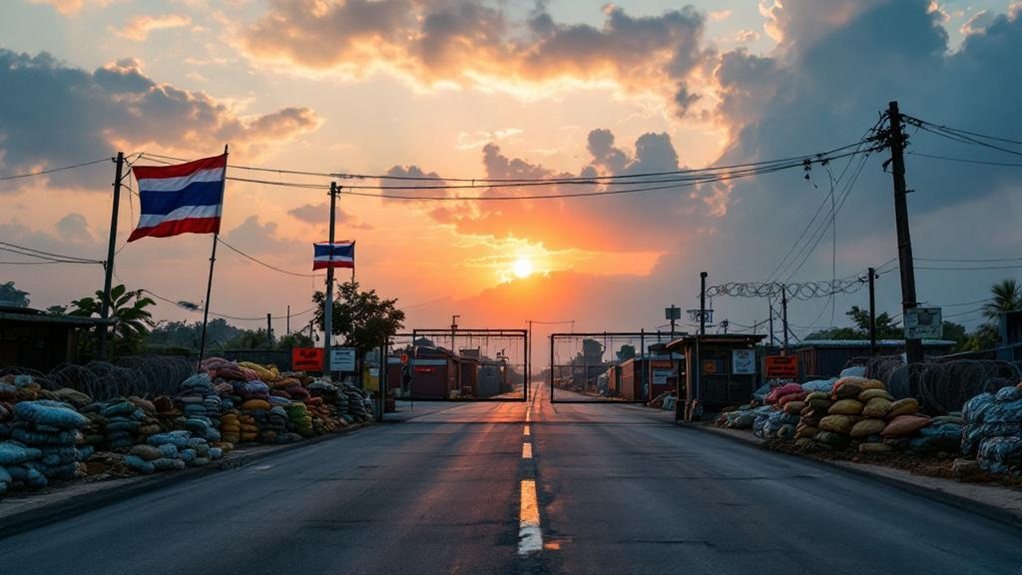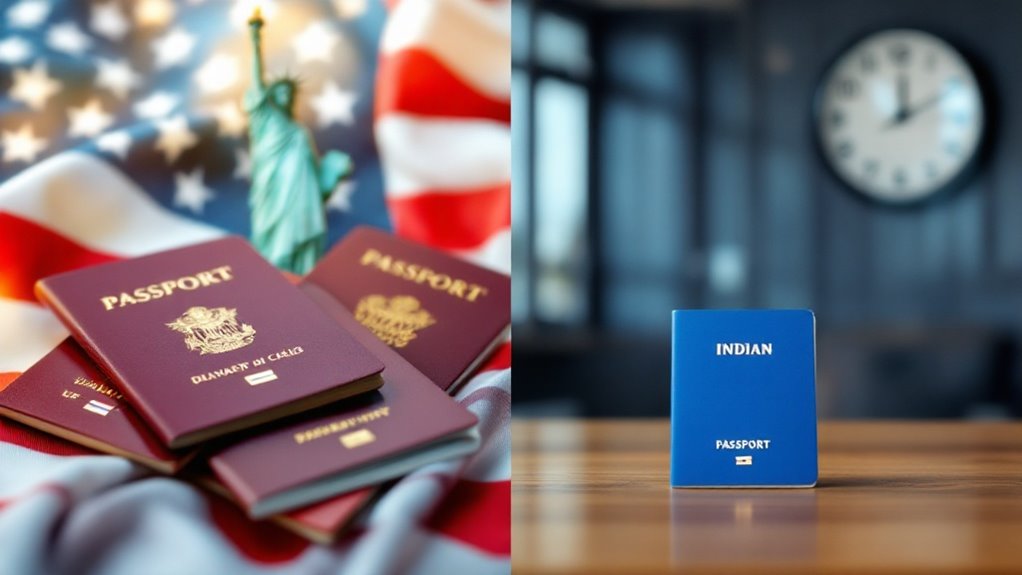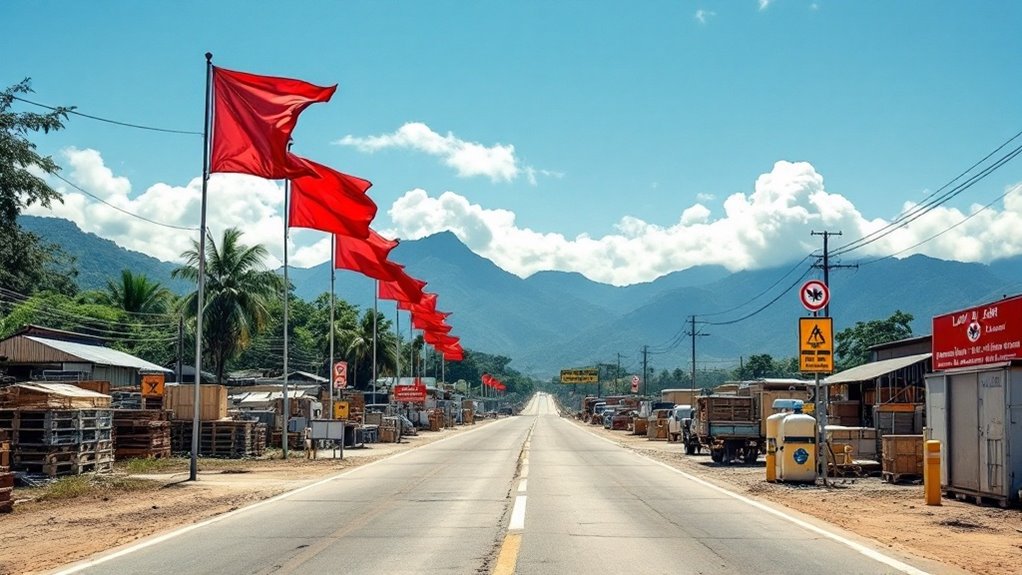Bangkok to Nakhon Ratchasima travel is set to surpass air transport as upcoming upgrades to highways and rail lines greatly reduce ground journey times, making buses and trains both faster and more frequent. Road travel now averages just over 3 hours by bus and even faster by private car, with fares much lower than flights. Trains, though slightly slower, offer unique comfort and accessibility. Improved infrastructure and schedules mean ground options will soon outpace flying—key details explained further below.
Although Bangkok and Nakhon Ratchasima are separated by a distance of approximately 219 kilometers by air and 263 kilometers by road, travel between these two major Thai cities is both frequent and well-organized. Ground transportation options are especially robust, offering travelers a range of cost-effective and practical choices.
For those prioritizing economy, buses operate every 15 minutes between Nakhonratchasima Bus Terminal and Bangkok Mochit Bus Terminal, with Air Korat Pattana managing these services. The journey by bus takes roughly 3 hours, and the fare is typically around ฿232, making it accessible for a wide array of travelers. The driving distance between the two cities is about 262.81 km, which influences both travel time and cost calculations. Many travelers appreciate that bus travel is considered the best mode of transportation for this route due to the frequency of service and the comfort of AC coaches.
Train travel, managed by the State Railway of Thailand, departs from Thanon Chira Junction once daily. The train journey to Bangkok takes about 4 hours and 25 minutes, with fares ranging from ฿100 for standard class up to ฿1200 for first-class accommodations. Budget-conscious backpackers often track spending using financial apps to ensure they stay within their travel budget while exploring this route. While less frequent than buses, trains offer a scenic and comfortable alternative, particularly for those willing to trade speed for the experience and varying levels of onboard service.
For travelers who seek flexibility and the ability to control their schedule, private car travel remains the fastest option. Covering the 263-kilometer road distance at an average speed of 112 kilometers per hour, the trip can be completed in approximately 2 hours and 20 minutes, with actual costs depending on fuel efficiency and prevailing fuel prices.
Ground transport holds clear advantages over air travel for this route, especially regarding affordability, flexibility, and environmental impact. Buses and trains, by virtue of shared capacity, reduce per-passenger emissions and overall energy consumption, contributing to more sustainable regional travel.
The accessibility of ground terminals compared to airports also benefits those living away from major aviation hubs. Additionally, highway and rail corridor upgrades are expected to further improve travel times and comfort in the near future, enhancing the competitiveness of ground transport.
For these reasons, ground travel between Bangkok and Nakhon Ratchasima is positioned to become the preferred mode for most passengers, potentially surpassing the convenience and speed that air travel traditionally offers for longer distances.









